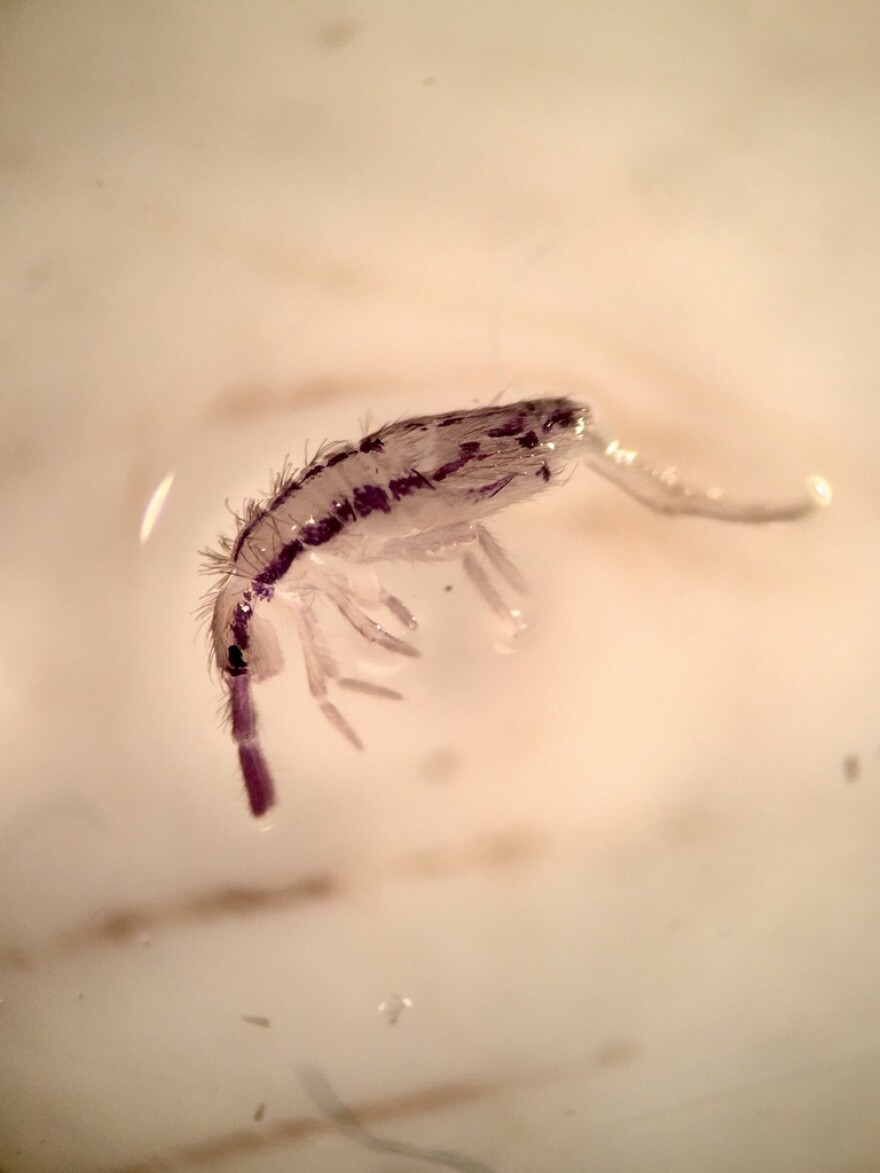The busy spring season has begun! All across the northland, critters are coming out of their wintertime slumber (or returning from their southerly vacations). The list of sightings is long, including robins, chipmunks, red winged blackbirds, hooded mergansers, and even a black bear! It’s definitely the time of year to keep an ear out for male red-winged blackbirds, who are singing their territorial songs to advertise and defend nesting sites before the females arrive in about three weeks.
In addition to the spring critters, there’s a lot of action going on in plants! The willows continue their beautiful display, and the pussywillows are just beginning to pop open. During John’s trip to the cities, he noticed the intense colors of the willows. Willows come in every shade of burgundy, and can range to bright red (offset by aurora-green stems- good job, nature!), coral, and yellow. I, for one, had no idea we had so many species of willow in the state. John tells us that there are eighteen different species of shrub willows, and four or five tree willows. Of these, the most common are the white crack willow, the black willow, and the peachleaf willow. The tree willows will tend to be bright yellow this time of year!
The snow melt continues to proceed. The snow is continuing to melt back from the bases of the trees, and the rain this week served to beat the snow down a bit. This 40s-during the day, 20s-during the night weather is perfect for slowly melting the snowpack, allowing more of the moisture to stay in the ground and preventing too much of it being lost in above-ground runoff. This slow melt refills underground aquifers, and prevents rivers and ditches from eroding from fast-flowing runoff. Hopefully that will help us recover from last year’s drought!
Last Thursday, John noticed dirt shining through the snow, and crows investigating the bare ground for snacks. Thursday evening, John met a pair of skunks on his way home from curling, and while he escaped with his life and sense of smell intact, it was a close call! The skunks were likely thinking of romance, so I’m hoping for John to meet some tiny adorable skunklets in a month or two (technically, a baby skunk is called a kit, but where’s the fun in that?).
Two crows harassing a raven reminded John of how much bigger ravens are than crows! It’s easy to forget the dramatic size difference when you don’t see them together.
Trumpeter swans are known to overwinter wherever there’s open water, but there are a lot more moving through the area this week. John heard them calling from Crooked Lake, but the water wasn’t open- the swans were just sitting on top of the slushy ice. Bummer for the swans! You’ll see flocks of swans flying over, checking the local lakes for open water.
On his trip to the cities, John saw a red-tailed hawk and a common grackle sitting in a willow. John says he hasn’t heard a report of a kestrel yet this year, but he’s a liar! Our friends in Northfield reported one in their phenomenal, one-of-a-kind talkbacks report this week. Despite his own dabbling in deceit, John hypothesizes that a reported osprey spotted in the area was actually a misidentified bald eagle, as ospreys aren’t expected to be back in town for another couple weeks. The eagles at John’s place haven’t been around, and he’s anxious to see them. We’d all miss them if they decided to move nests!
John’s friend Greg mentioned that he had a ‘zillion’ snow fleas in a snow shovel that had filled with water. John recalls a congregation of snow fleas outside his garage. Apparently, it looked like a spot of oil because the snow fleas were packed so closely together! There were an astounding amount for such a small area. Snow fleas have a little appendage called a ‘furcula’, which is held to their body using tiny hook-like structures. When released, it flings the snow flea into the air in a random direction! Snow fleas are also called springtail for this reason. As John says, “Being a snow flea is living a life without general direction”. We’ve all been there, lil buddies!
It’s an exciting time of year! Keep an eye and ear out, and let us know what you see. More next week!
Remember you can add your voice to our phenology talkbacks show! Get in touch with me (smitchell@kaxe.org), John (jlatimer@kaxe.org), or text ‘phenology’ to 218-326-1234.








